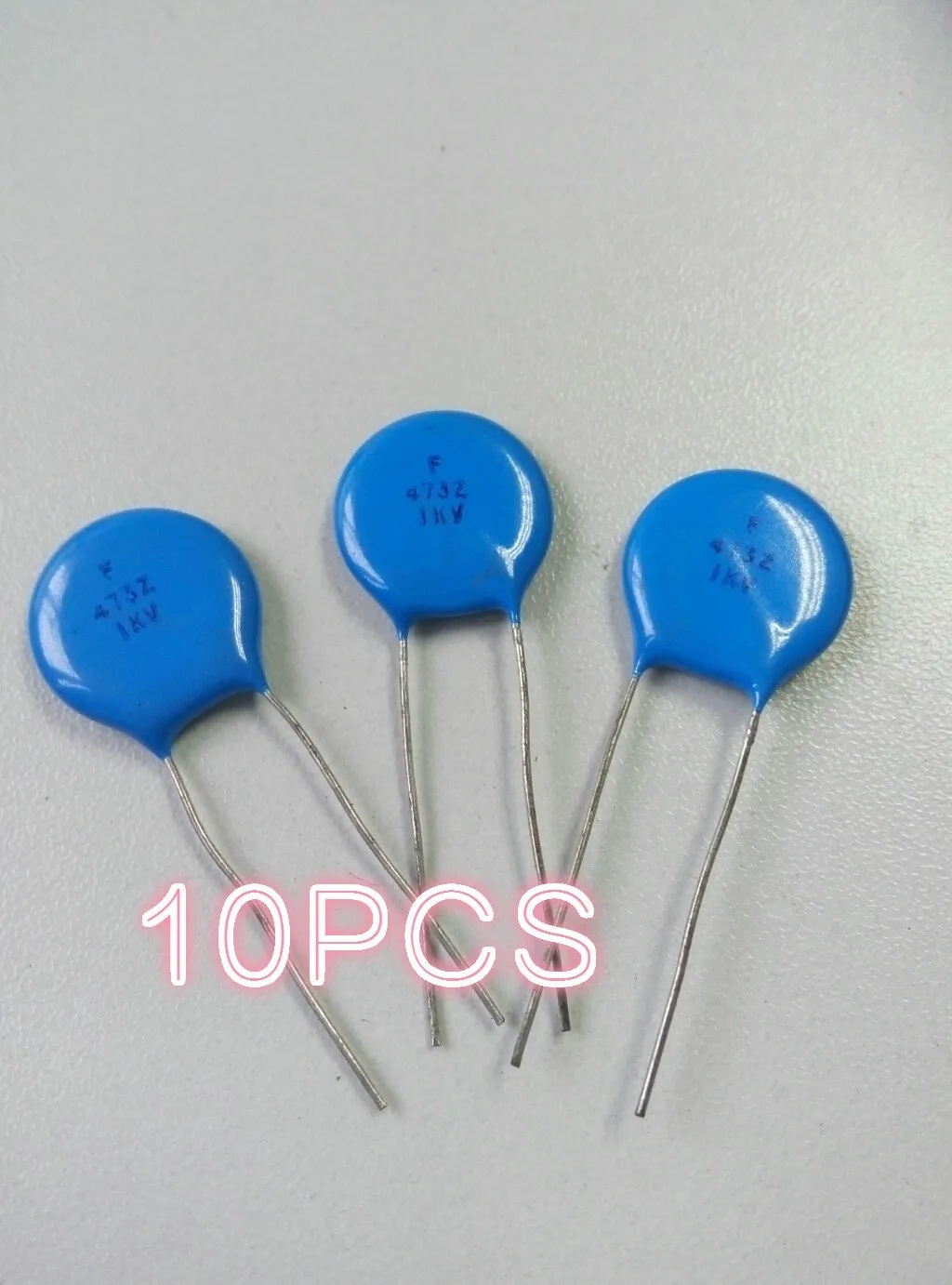Ceramic Capacitor Positive Negative

There are different types of capacitors but only one type is polarized.
Ceramic capacitor positive negative. When the electrolytic capacitors are polarized the voltage or potential on the positive terminal is greater that of the negative one allowing charge to flow freely throughout the capacitor. Two bands and a positive sign helps in identifying the value of capacitance and maximum working voltage. They might also have a longer positive leg. A ceramic capacitor is a fixed value capacitor where the ceramic material acts as the dielectric it is constructed of two or more alternating layers of ceramic and a metal layer acting as the electrodes the composition of the ceramic material defines the electrical behavior and therefore applications.
By launcheditor on feb 15th 2019 in testing. The polarity and markings on the capacitors make it easy to identify the anode and cathode. This is a kind of non polar electrolytic capacitor so it is not polar. In general the ceramic capacitor has no positive and negative poles and the capacity is generally small.
Image source image source despite being able to hold a large amount of an electric charge electrolytic caps are also well known for leaking current quicker than ceramic caps. If the capacitor is an axial version having leads at both ends of the package the polarity marking stripe may be accompanied by an arrow that points to the negative lead. It is often used for signal source filtering and the polarity is only temporary behavior. How to tell positive and negative on a capacitor.
Below are 10µf left and a 1mf electrolytic capacitors each of which has a dash symbol to mark the negative leg as well as a longer positive leg. A sign is placed close to the positive lead. For leaded tantalum capacitors the polarity markings indicate the positive lead. There is no polarity in a ceramic capacitor the ceramic capacitor usually uses 3 digits to represent its value like 102 103 101 for indicating its value and.
The negative pin of the cap is usually indicated by a marking and or a colored strip along the can.

















